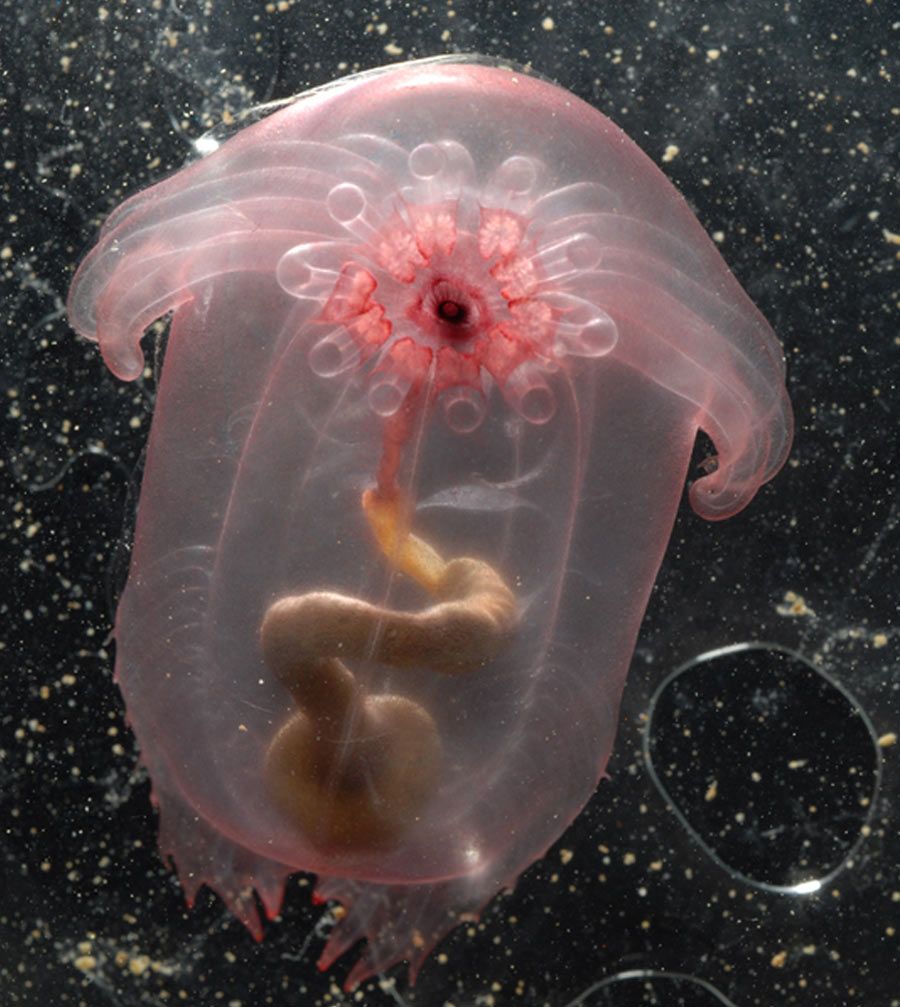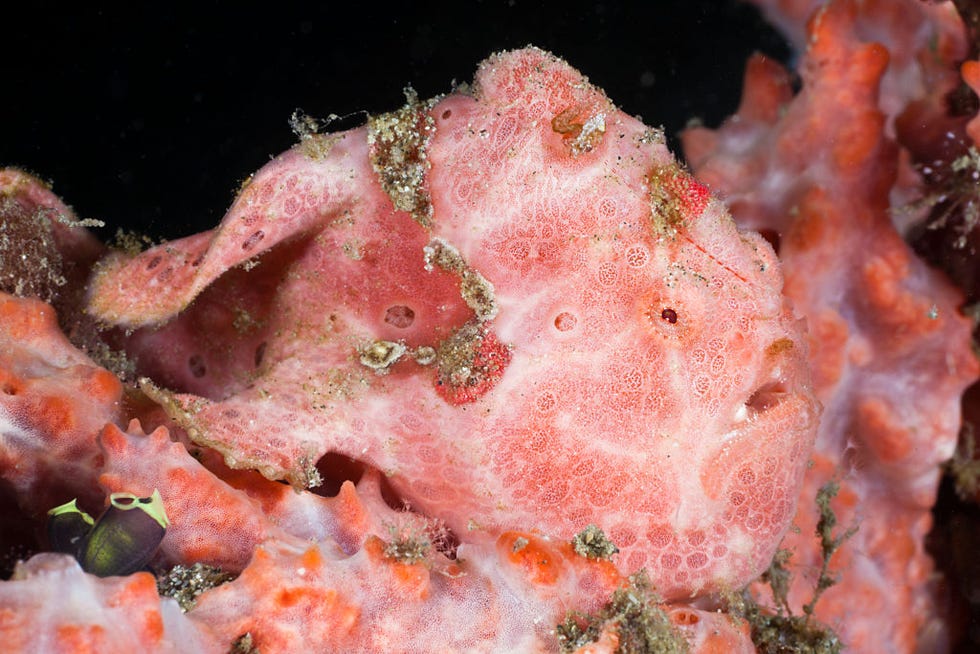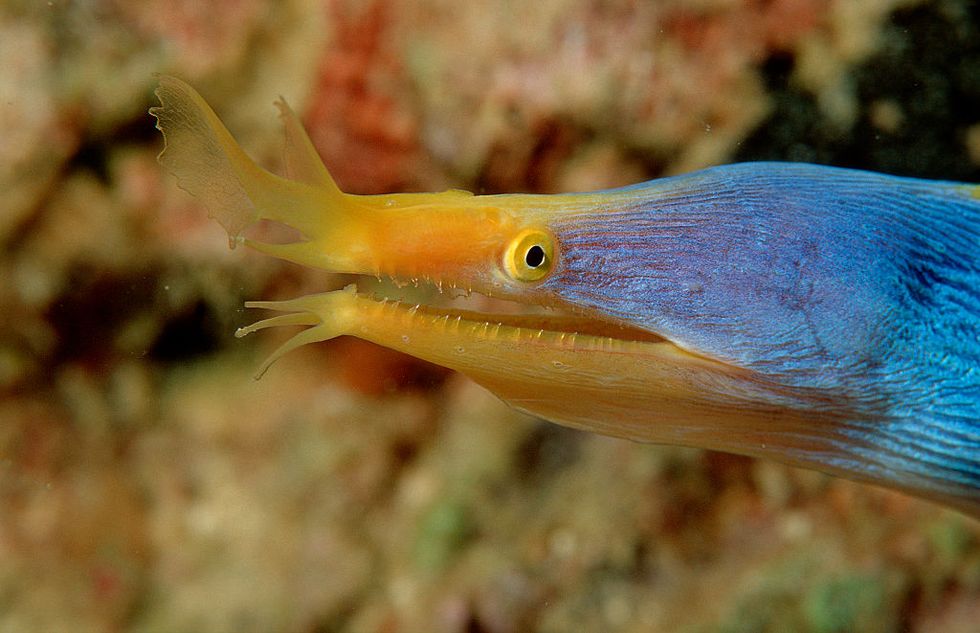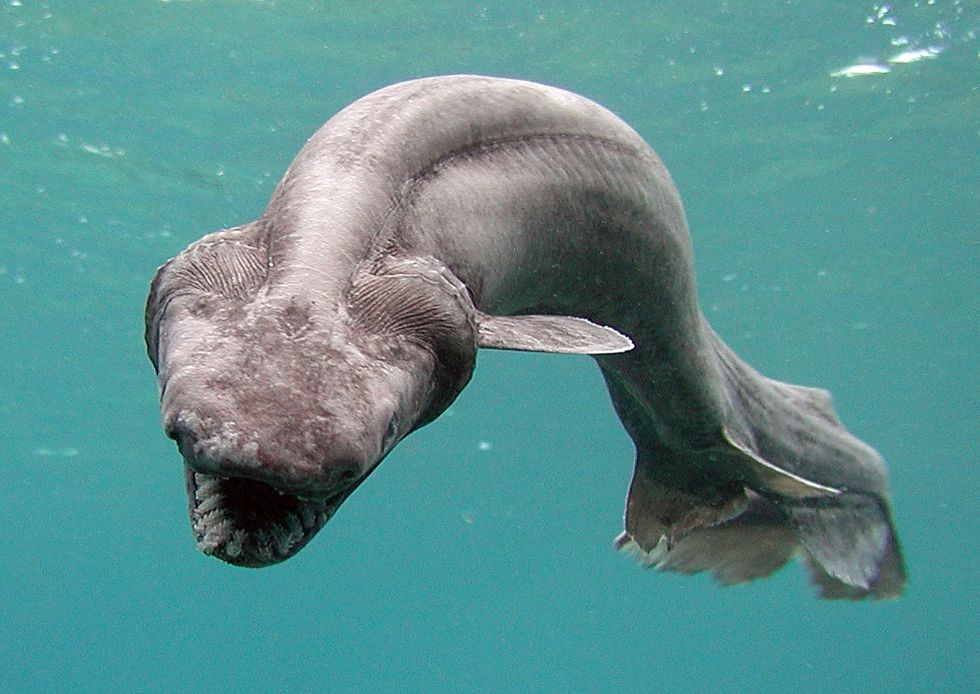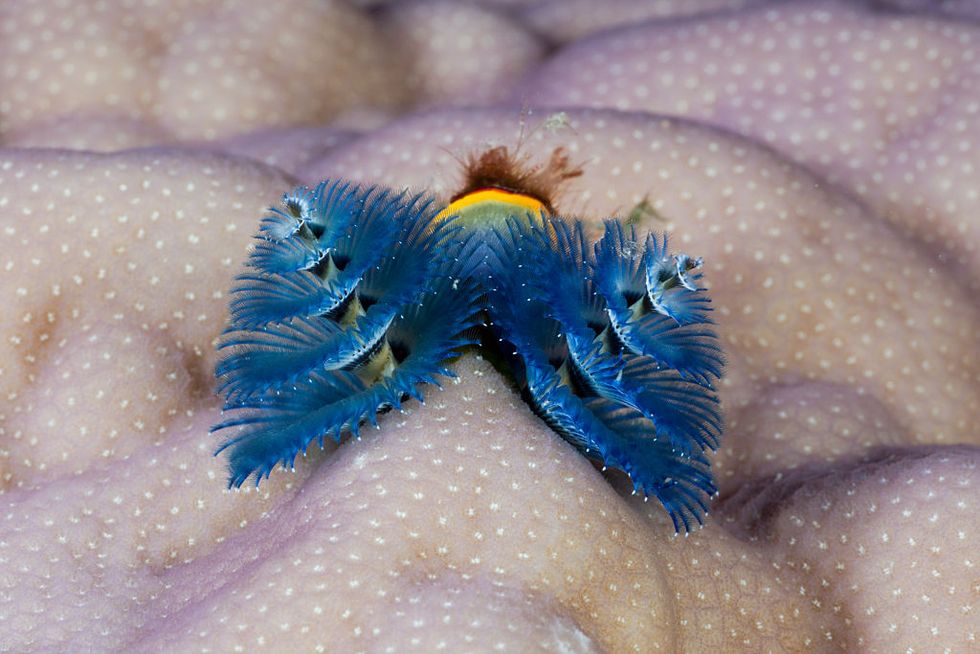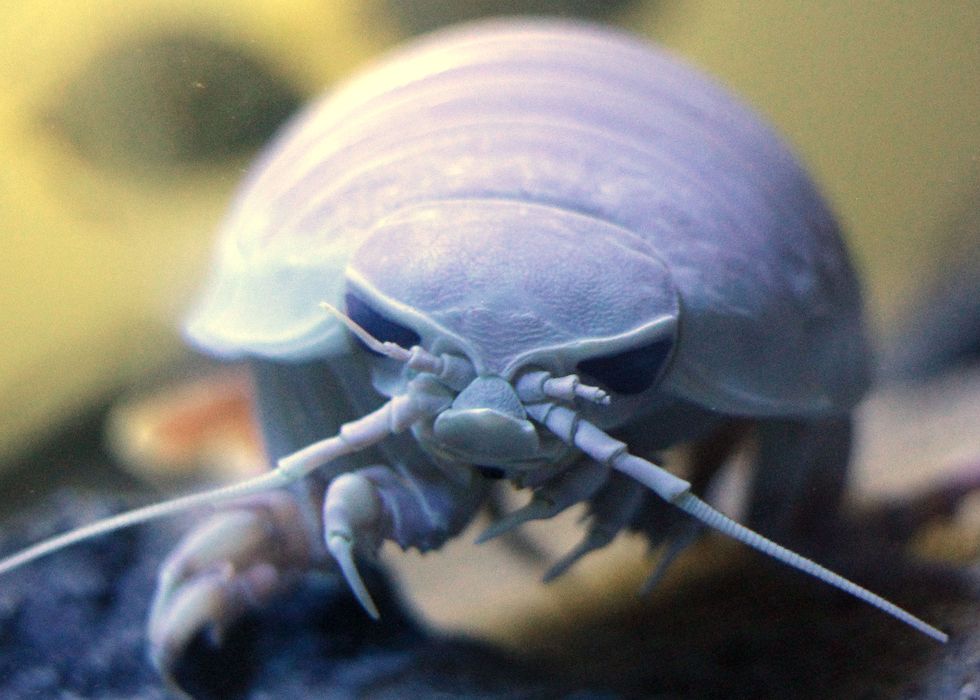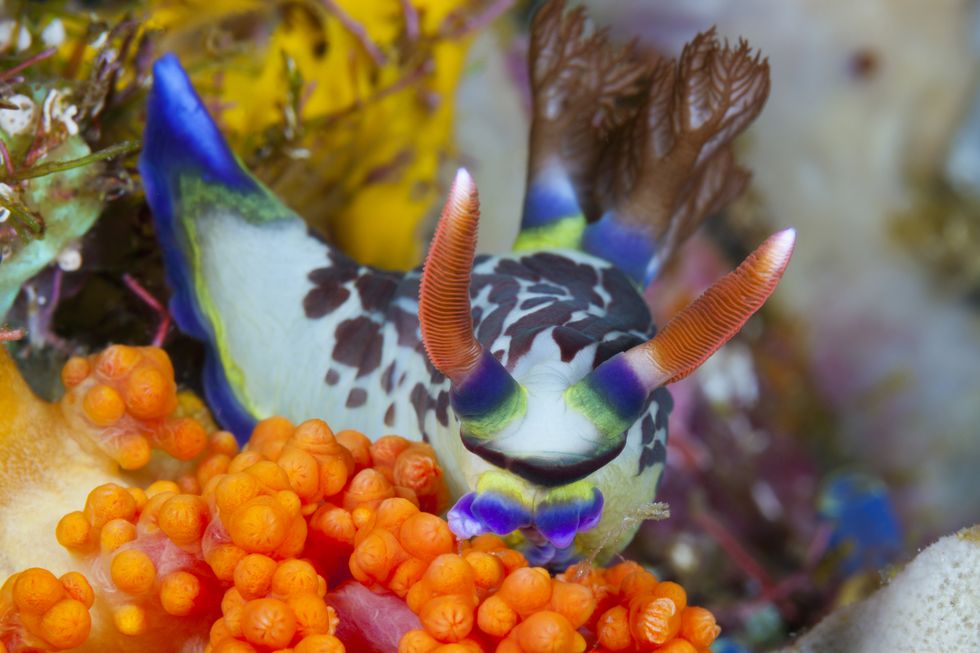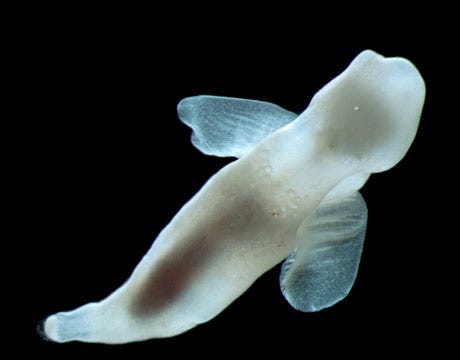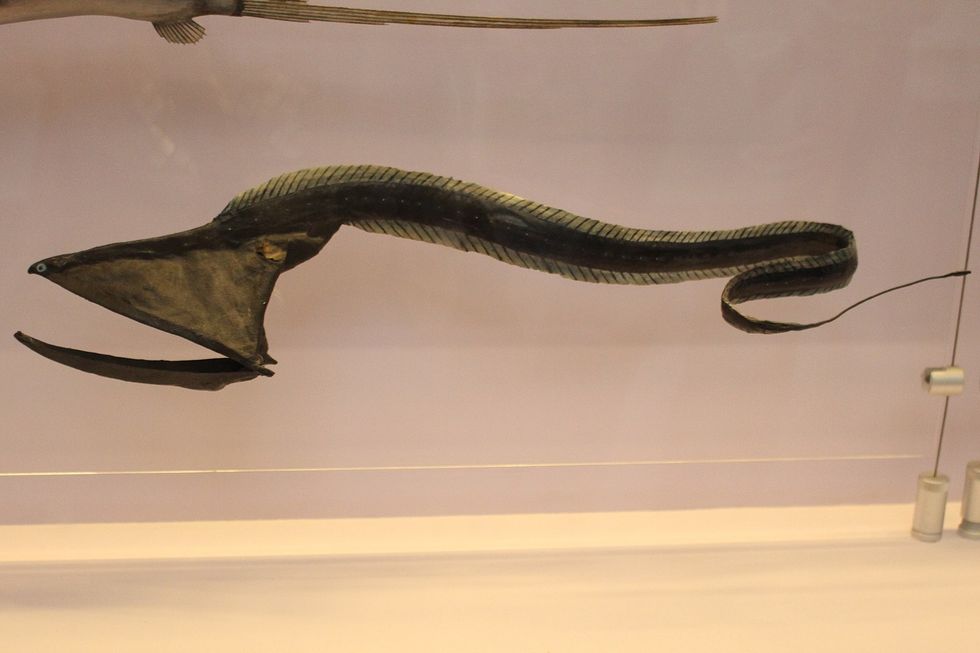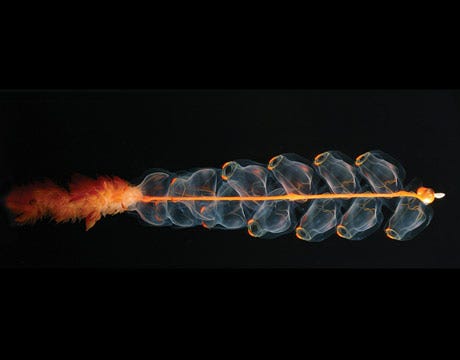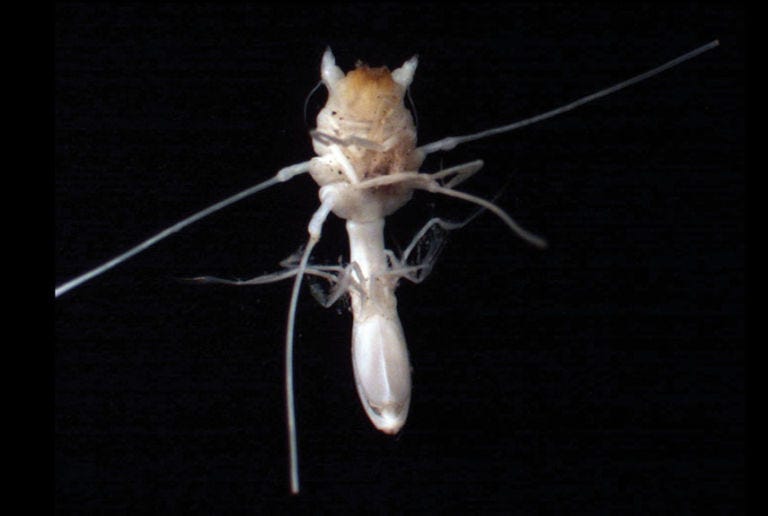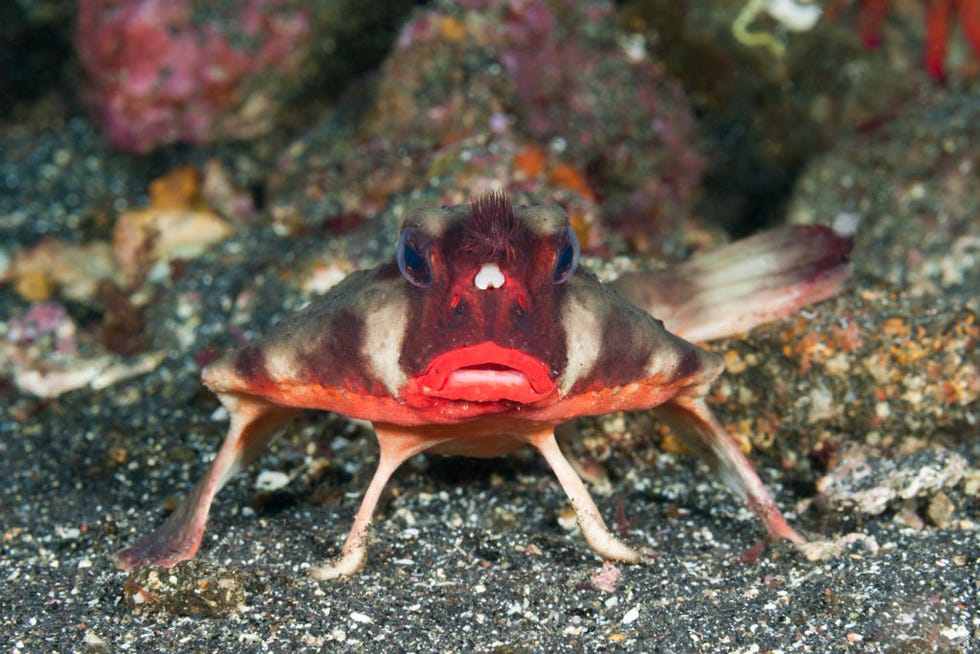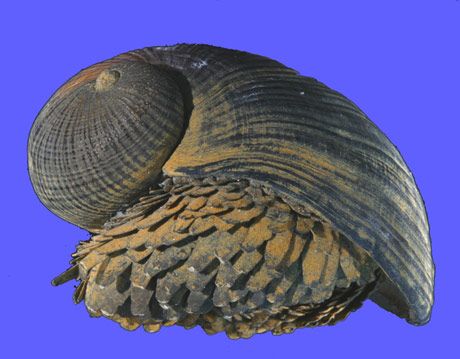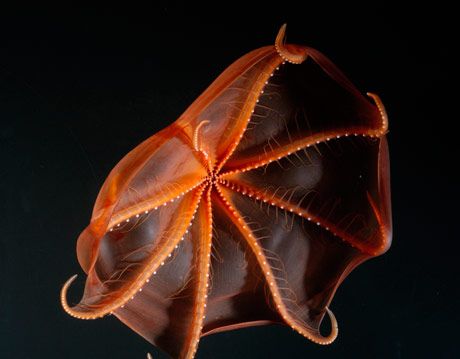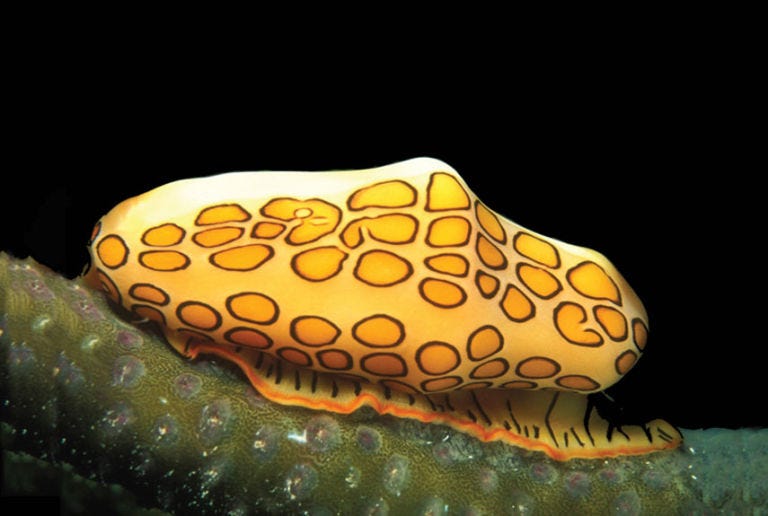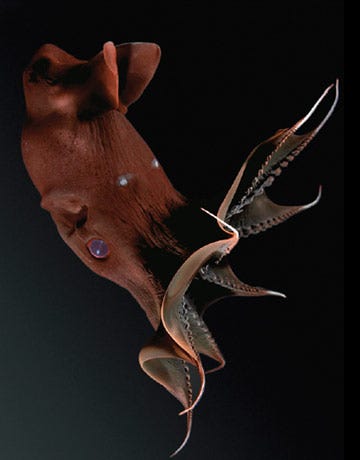Meet the 50 Weirdest Deep Sea Creatures Lurking Beneath the Waves
These are the most bizarre aliens ... err, animals ... in the ocean.

Scientists know more about space than the ocean, according to Columbia University’s Earth Institute. So in a sense, a majority of the creatures lurking below the surface may as well be aliens. Meanwhile, researchers from Dalhousie University in Nova Scotia, Canada believe that 91 percent of these marine animals are still unknown to us.
Of the 235,000 or so species we do know about, many have adapted to their environment with peculiar camouflage, bioluminescence, and mating habits—leading to some seriously strange appearances. These are our 50 favorite deep sea creatures.
✅ More from Popular Mechanics:
• Just How Deep Is the Ocean? Well, It’s Practically an Alien Planet for Starters
• How Deep Is the Titanic? Explore Our Visual Deep Dive
• How Does the Titan Submersible Compare to James Cameron’s Deepsea Challenger?
Watch Next


The CIA’s Secret Plan to Turn Psychics Into Spies

The Universe Could Be Eternal, This Theory Says

Immortality Is Impossible Until We Beat Physics

How Vacuum Energy Could Help Us Reach Light Speed

